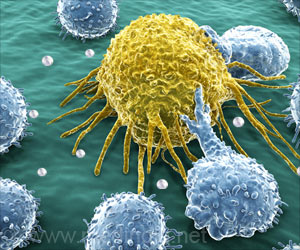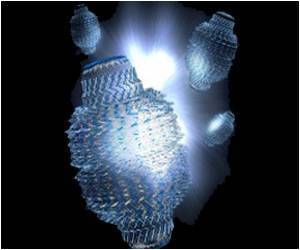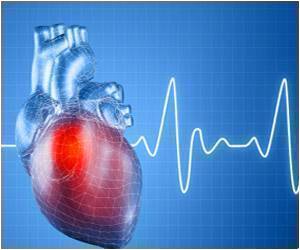Researches developed a process that could serve as the basis for medications containing several active ingredients that would reliably release them in the body in a pre-defined sequence at specified times.

‘Release of active ingredients from drugs at specific intervals decrease the risk of doses being skipped or forgotten helping the patients who takes multiple drugs daily’
Read More..




Oliver Lieleg, a professor of biomechanics and a member of the Munich School of BioEngineering at TUM, and doctoral candidate Ceren Kimna have now developed a process that could serve as the basis for medications containing several active ingredients that would reliably release them in the body in a pre-defined sequence at specified times. "For example, an ointment applied to a surgical incision could release pain medication first, followed by an anti-inflammatory drug and then a drug to reduce swelling," explains Oliver Lieleg.Read More..
One active ingredient after the other
"Ointments or creams releasing their active ingredients with a time delay are not new in themselves," says Oliver Lieleg. With the drugs currently in use, however, there is no guarantee that two or more active ingredients will not be released into the organism simultaneously.
To test the principle behind their idea, Oliver Lieleg and Ceren Kimna used nanometer-sized silver, iron oxide and gold particles embedded in a special gel-like substance known as a hydrogel. They then used a spectroscopic method to track the exit of the particles from the gel. The particles selected by the researchers have similar motion characteristics within the gel to the particles used to transport real active ingredients, but are easier and cheaper to make.
The special ingredient controlling the nanoparticles is artificial DNA. In nature, DNA is above all the carrier of genetic information. However, researchers are increasingly exploiting another property: The ability of DNA fragments to be combined with great accuracy, both in terms of the types of bonds and their strength, for example to build machines on a nanometer scale.
Advertisement
The silver particles were released first. In the initial state, the particles were bound together by DNA fragments designed by Lieleg and Kimna using special software. The resulting particle clusters are so large that they are unable to move in the hydrogel. However, when a saline solution is added, they separate from the DNA. They can now move in the gel and drift to the surface. "Because the saline solution has approximately the same salinity as the human body, we were able to simulate conditions where the active ingredients would not be released until the medication is applied," explains Ceren Kimna.
Advertisement
"The consistency of ointments makes them the most obvious solution for a hydrogel-based approach. However, this principle also has the potential to be used in tablets that could release several effective ingredients in the body in a specific order," explains Prof. Lieleg.
Source-Eurekalert











